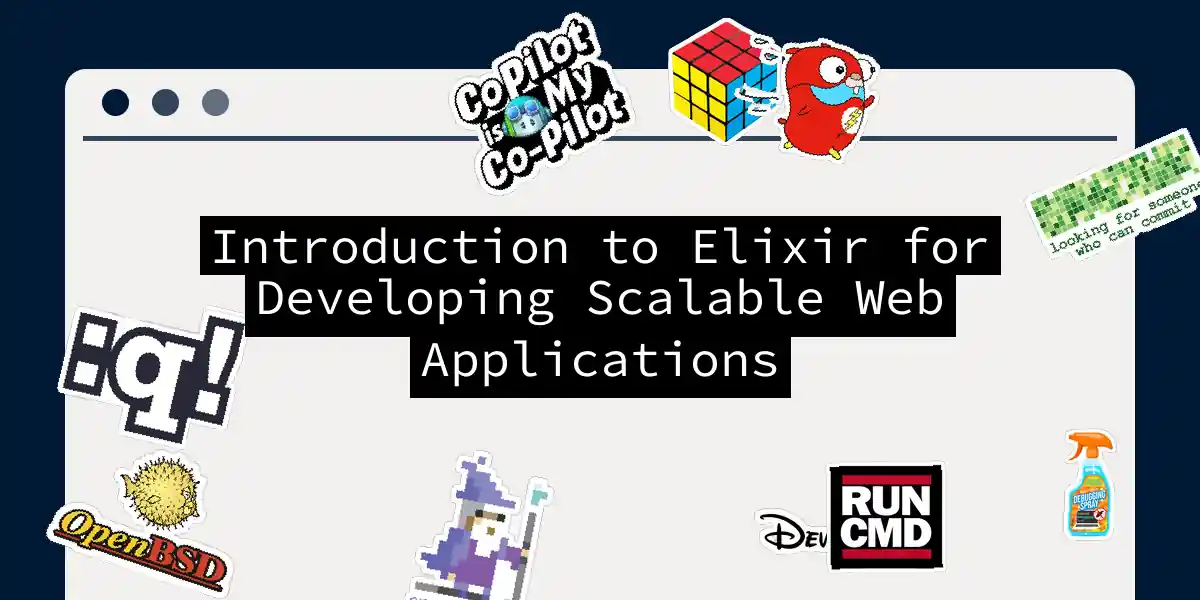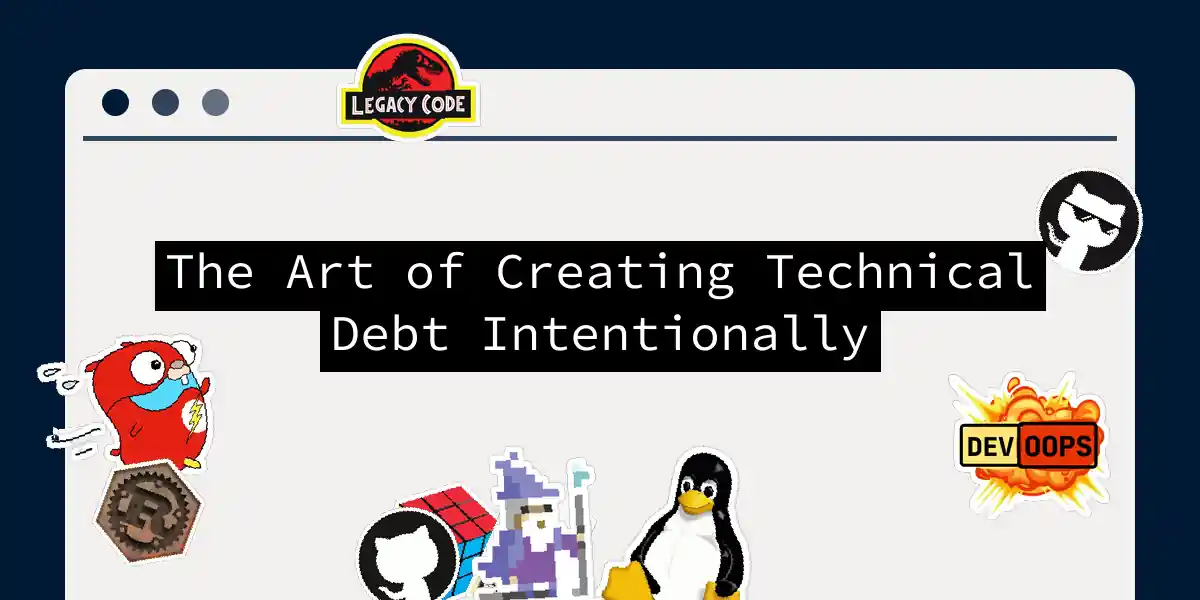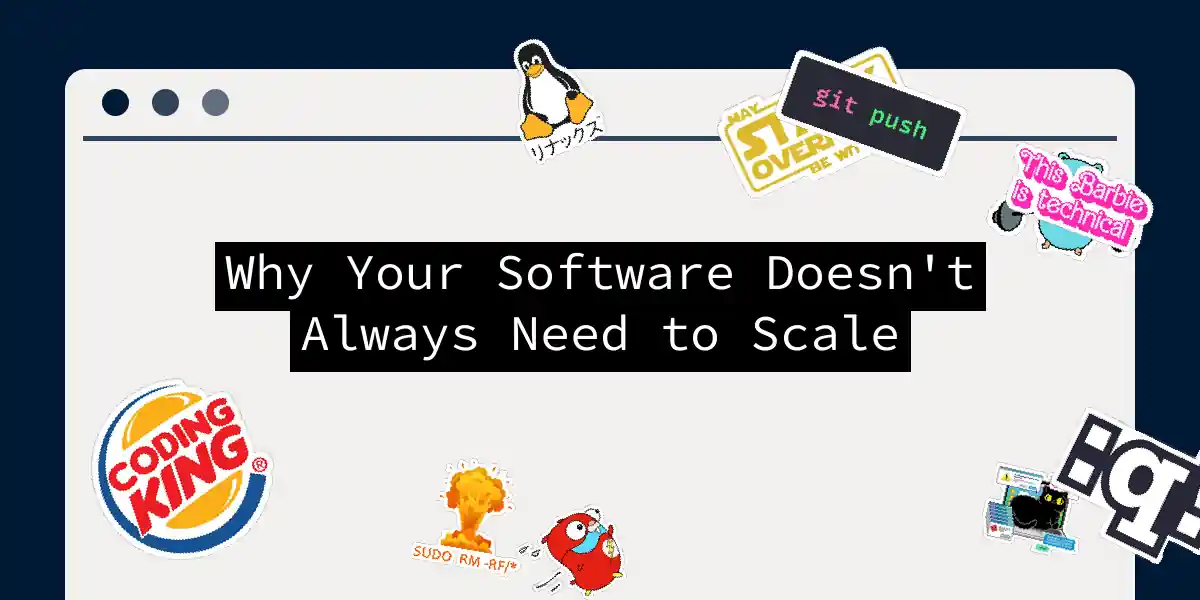
Introduction to Elixir for Developing Scalable Web Applications
Forget everything you know about imperative programming. Seriously. Close that mental tab where you’ve been thinking in loops, mutable state, and object-oriented classes. We’re about to take a journey into functional programming territory, and the tour guide is Elixir — a language that’s like Ruby had a love child with Erlang, raised by the distributed systems community, and turned out remarkably well-adjusted. If you’ve ever felt the pressure of scaling a web application, only to hit the wall where threads become a nightmare and traditional concurrency models make you want to flip tables, Elixir enters the chat with solutions that feel almost too elegant to be true....



